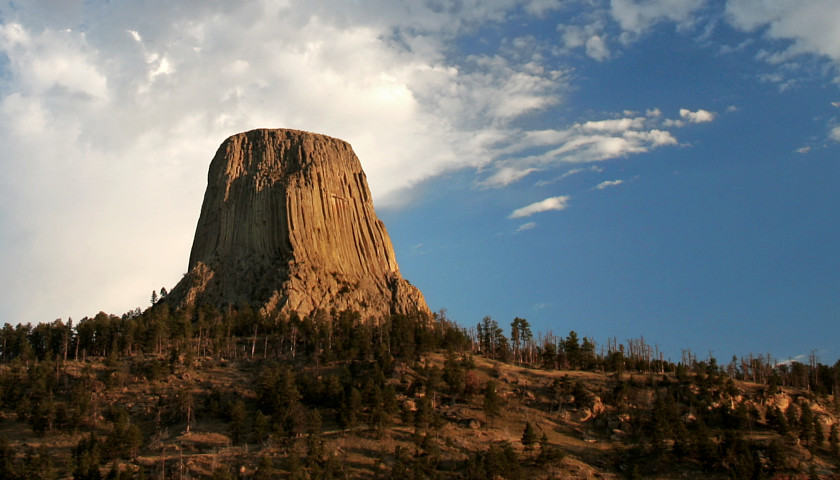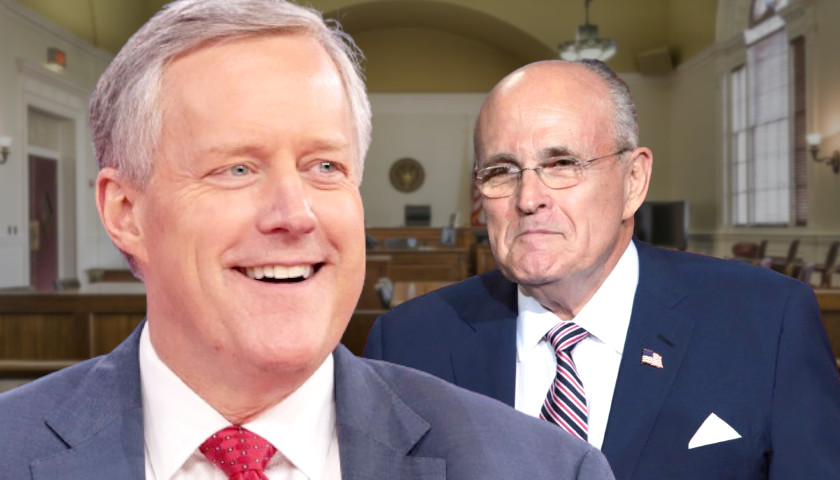by Jonathan Wood
Devils Tower, known to Native Americans as Bear Lodge, is an 870-foot butte composed of igneous rock. Long before it featured on Close Encounters of the Third Kind, the Wyoming landmark was the first national monument declared by President Teddy Roosevelt on Sept. 24, 1906.
This was not the only “first” for Wyoming under the Antiquities Act, the law which authorizes presidents to designate national monuments. In 1950, Congress responded to perceived presidential overreach by making it the first state to be exempt from the Antiquities Act.
In its 113-year history, the Antiquities Act has gone through several cycles of controversy, reform and relative harmony. Today, we are again in a period of controversy, with western communities objecting to the large size of new monuments, fishers objecting to the designation of ocean monuments, and, most recently, tribes and environmentalists objecting to President Donald Trump’s reduction of two Utah monuments.
If the cycle repeats, reform is on the horizon. If so, past reforms provide essential insights for evaluating future ones. Policymakers can learn three lessons.
First, when the president’s power is reduced, Congress takes a greater interest in the management of federal lands. Since the Wyoming exemption from the Antiquities Act in 1950, Congress has designated more than 3 million acres as protected wilderness areas, more than a tenth of the state. In Alaska, the other state where the president’s monument power is curtailed, Congress has designated nearly 64 million acres as wilderness. This is significantly more congressional engagement than is seen in other states where the Antiquities Act continues to apply. For example, the state closest to Wyoming in size and amount of federal land is Oregon and Congress has designated a third more wilderness in Wyoming than in Oregon.
Second, explicit limits on presidential power are adequate at constraining abuses. In Alaska, Congress has forbidden the president from withdrawing more than 5,000 acres for any monument without Congress’ approval. Despite speculation that the president might make an end-run around this limit by designating many smaller monuments, such circumvention has not occurred. Instead, campaigns to protect vast landscapes in Alaska have been directed to Congress, such as the ongoing legislative back-and-forth over the Arctic National Wildlife Refuge.
Finally, the fears that limits on the president’s power would lead to the damaging of priceless artifacts and other resources have not come to fruition because federal laws prevent such destruction. Indeed, the United States Forest Service has described one of these laws, the Archaeological Resources Protection Act, as “replac[ing] the Antiquities Act” for purposes of protecting historical artifacts. According to the Government Accountability Office, the primary challenges for protecting unique resources on federal land are the lack of an inventory of such resources and limited funds for enforcement. Monument designation solves neither of these challenges.
Together, these results suggest that much of the recent heated rhetoric over the Antiquities Act is misplaced. Limits on presidential authority are ultimately less about whether federal lands will be protected than who decides those protections. Likewise, reform need not be an all-or-nothing choice. Explicit limits on presidential action can curtail abuse without sacrificing the Antiquities Act’s application in less controversial cases. For instance, Congress could require presidents to wait a minimum amount of time before modifying national monuments, or they could limit how dramatic modifications can be. This could ensure we protect monuments long enough to allow Congress to act, without eliminating the historical practice of Presidents modifying monuments.
Ultimately, shifting responsibility for protecting federal lands back to Congress– which is, after all, where the Constitution places this responsibility – can reduce conflict while promoting deliberation and compromise. Last year, Congress enacted a massive, bipartisan federal lands bill that designated several national monuments, more than a million acres of wilderness and funded other conservation programs. This shows that Congress is up to the task of managing federal lands, and unlike unilateral presidential decisions, protections adopted in this manner are much more likely to endure shifting political winds.
– – –
Jonathan Wood is a senior attorney with the Pacific Legal Foundation, and author of the Center for Growth and Opportunity study “Monumental Debate: What Past Legislative Responses to Perceived Presidential Abuses of the Antiquities Act Can Teach Us About Current Controversies” Appeared at and reprinted from The Center Square.
Photo “Devil’s Tower” by Bradley Davis CC2.0.





